In the fast-paced world of NHL hockey, the high stick rule stands as a beacon of clarity amidst the sometimes murky waters of officiating.
NHL Rule 602 outlines the consequences of a player’s stick making contact above the opponent’s shoulders, leading to a minor penalty of two minutes.
This rule emphasizes player responsibility and control over their equipment, ensuring a fair and safe playing environment.
However, the line between accidental contact and intentional harm is where the high stick rule truly shines. NHL Rule 604 delves into match penalties, reserved for instances where a player deliberately uses their stick to injure an opponent.
This distinction adds a layer of seriousness to the rule, highlighting the league’s commitment to player safety and fair play. Stay tuned to explore the nuances of the NHL high stick rule and its impact on the game.
Understanding the NHL High Stick Rule
The Basics of High-Sticking
A high stick in NHL hockey is defined as any contact made by a player’s stick on an opponent above the shoulders.
According to NHL Rule 602, such an act results in a two-minute minor penalty. The rule underscores the importance of player awareness and control over their equipment to ensure a fair and safe playing environment.
Distinctions Between Penalty and Non-Penalty High Sticks
It is crucial to differentiate between penalty and non-penalty high sticks in NHL hockey. A penalty high stick occurs when a player’s stick makes contact above the opponent’s shoulders, resulting in a minor penalty.
On the other hand, a non-penalty high stick refers to unintentional contact above the shoulders that does not warrant a penalty. Players must exercise caution to avoid penalties and uphold the league’s standards of fair play and sportsmanship.
The Penalties for High-Sticking
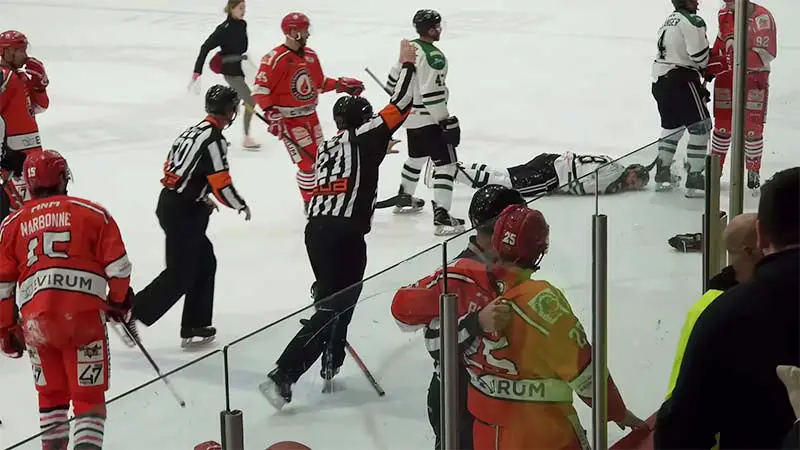
Minor vs. Major Penalties
Under the USA Hockey Playing Rules, players must maintain control of their sticks at all times to prevent contact above an opponent’s shoulders.
When a player is accidentally cut in the face by a defender’s high stick during a puck challenge, the penalty assessed depends on various factors.
If the high stick results in the player with the puck being cut and bleeding, it is considered reckless endangerment, leading to major penalties, including a Game Misconduct or even a Match penalty for intentional contact. However, if there is no blood and the contact is deemed unintentional, a minor penalty may be assessed.
The Double Minor Penalty Explained
In situations where high-sticking results in injury, particularly drawing blood from the player with the puck, a double minor penalty comes into play.
The severity of the penalty escalates when the injury is substantial. In line with USA Hockey rules, any high-stick contact above the shoulders that causes injury is a serious offense, with a double minor penalty signifying the gravity of the action.
Consequences for High-Sticking Goals
When high-sticking is involved in the context of scoring goals, the penalties can vary depending on the circumstances.
If a player illegally strikes an opponent above the shoulders while scoring a goal, resulting in injury, stricter penalties are enforced to deter dangerous play.
This underscores the importance of player responsibility and adherence to the rules to maintain a safe and fair playing environment in ice hockey.
NHL Rulebook: The Specifics of Rule 60
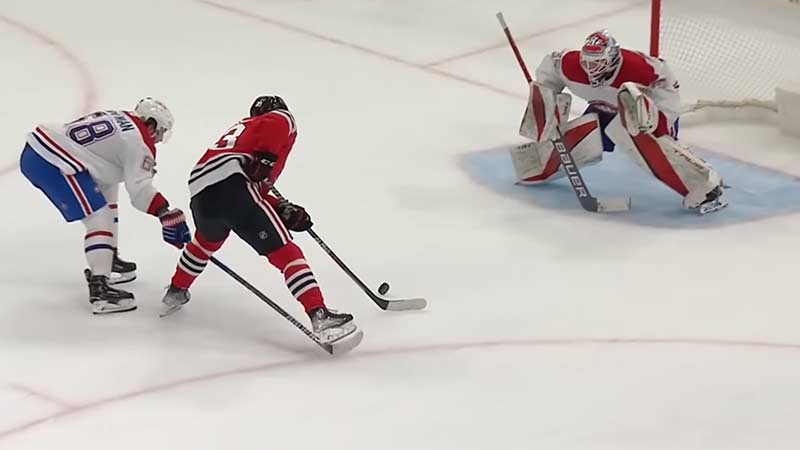
Rule 60.2: Minor Penalties for High-Sticking
In accordance with NHL Rule 60.2, minor penalties are enforced for high-sticking infractions in ice hockey.
When a player is found guilty of high-sticking an opponent, resulting in contact or not, a minor penalty is assessed.
Minor penalties serve as a disciplinary measure for less severe high-stick incidents that do not lead to significant harm to the opposing player.
Rule 60.4: Major Penalties and Causes
Under Rule 60.4 of the NHL Rulebook, major penalties are imposed for more serious high-sticking offenses.
If a player intentionally injures an opponent by using their stick above the shoulders, a major penalty is warranted.
Major penalties signify a higher degree of misconduct and are reserved for actions that pose a greater risk of harm to fellow players.
By delineating between minor and major penalties for high-sticking incidents, the NHL Rulebook ensures proper disciplinary actions are taken to maintain player safety and uphold the integrity of the game.
Preventing High-Sticking Incidents
Player Strategies to Avoid High Sticks
Players can take proactive measures to prevent high-sticking incidents during gameplay. Techniques such as maintaining proper stick control, keeping the stick at a safe height below the opponent’s shoulders, and practicing awareness of the stick’s position in relation to other players can significantly reduce the risk of high-sticking penalties.
By focusing on precision and control in their movements, players can mitigate the possibility of accidental high sticks that may lead to penalties or injuries.
The Role of Referees in Enforcing the Rule
Referees play a crucial role in upholding the high-sticking rule and ensuring player safety on the ice. By closely monitoring player actions, particularly the positioning of sticks during gameplay, referees can identify and penalize high-sticking infractions effectively.
Their attentiveness and quick decision-making skills are essential in maintaining fair play and penalizing any deliberate or reckless high-sticking incidents that jeopardize the well-being of players.
Consistent enforcement of the rule by referees reinforces the importance of sportsmanship and respect for the rules of the game in the NHL.
Frequently Asked Questions
What is the NHL high stick rule about?
The NHL high stick rule penalizes players for intentionally hitting opponents above the shoulders. Intentional high sticks lead to penalties while unintentional ones do not.
Minor penalties are for less severe incidents, and major penalties are for intentional acts causing injury above the shoulders under NHL Rulebook Rules 60.2 and 60.4.
How can high-sticking incidents be prevented in NHL?
To prevent high-sticking incidents, players must maintain proper stick control and be aware of their stick positioning.
Referees play a crucial role in enforcing the rule to ensure player safety and fair play. Consistent enforcement is essential to promote sportsmanship and respect for the game’s rules in the NHL.
Conclusion
Understanding the NHL high stick rule is crucial for players, referees, and fans alike. By differentiating between intentional and unintentional high sticks, the league ensures fair play and player safety.
Minor and major penalties serve to enforce accountability and maintain game integrity. Preventative measures, such as stick control and awareness, play a vital role in reducing high-sticking incidents.
Referees’ consistent enforcement of the rule is essential in upholding sportsmanship and respect for the game. Overall, adherence to the high stick rule is fundamental in fostering a safe and competitive environment in NHL games.

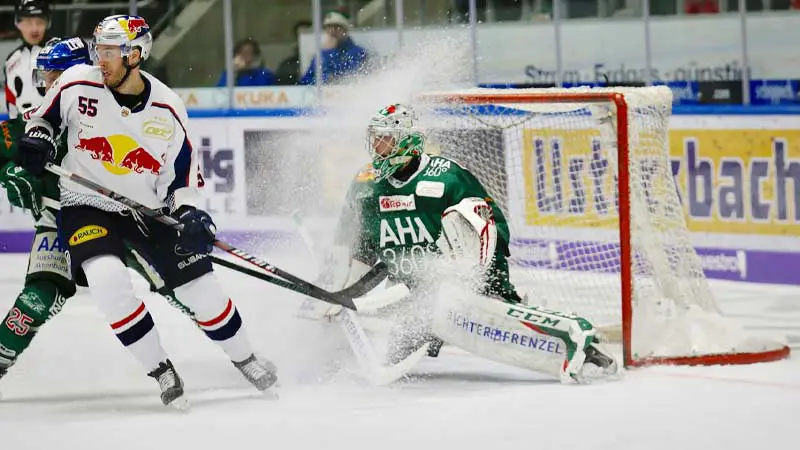



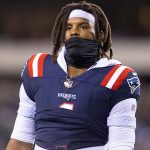

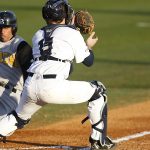
James Felix